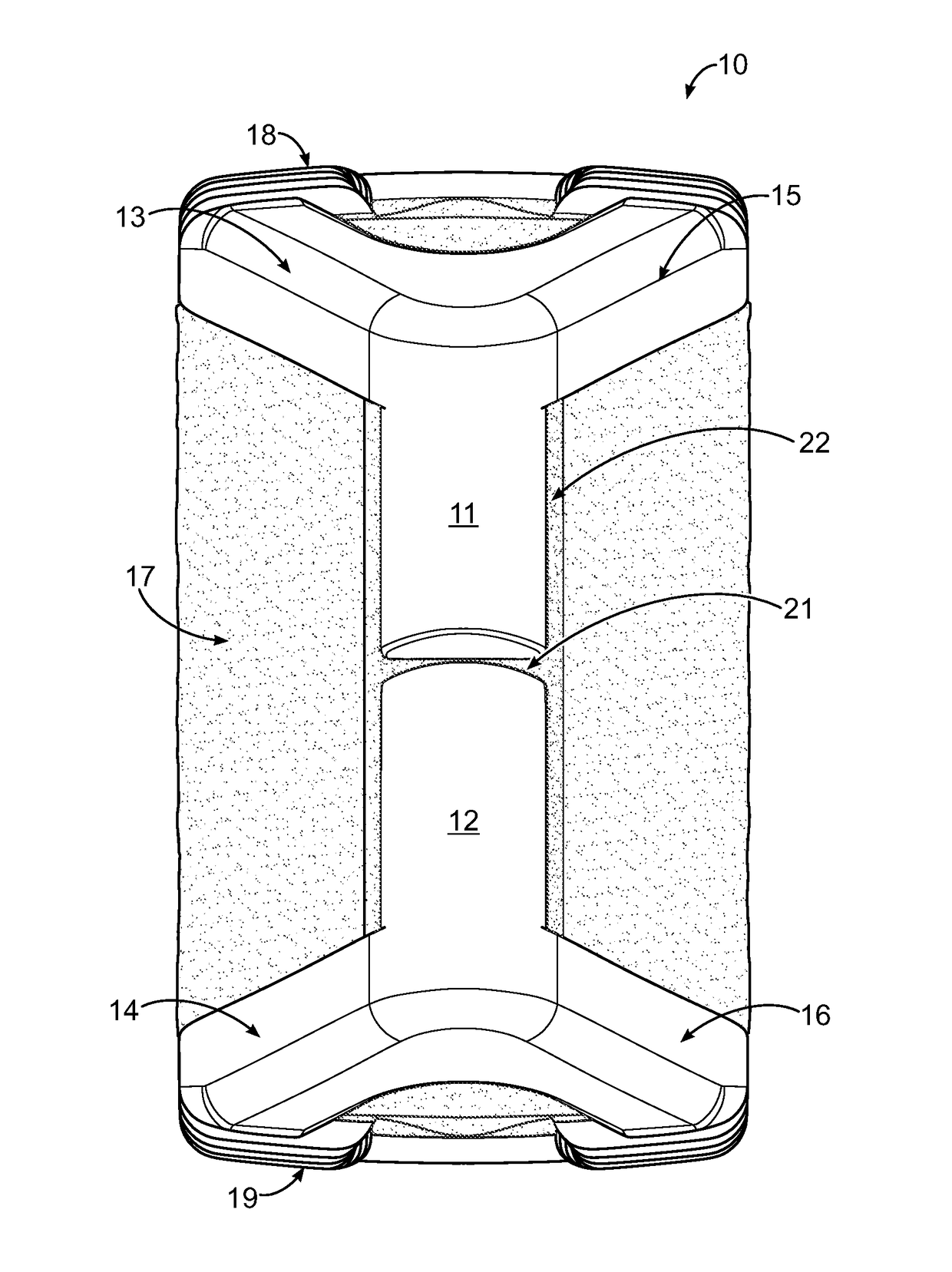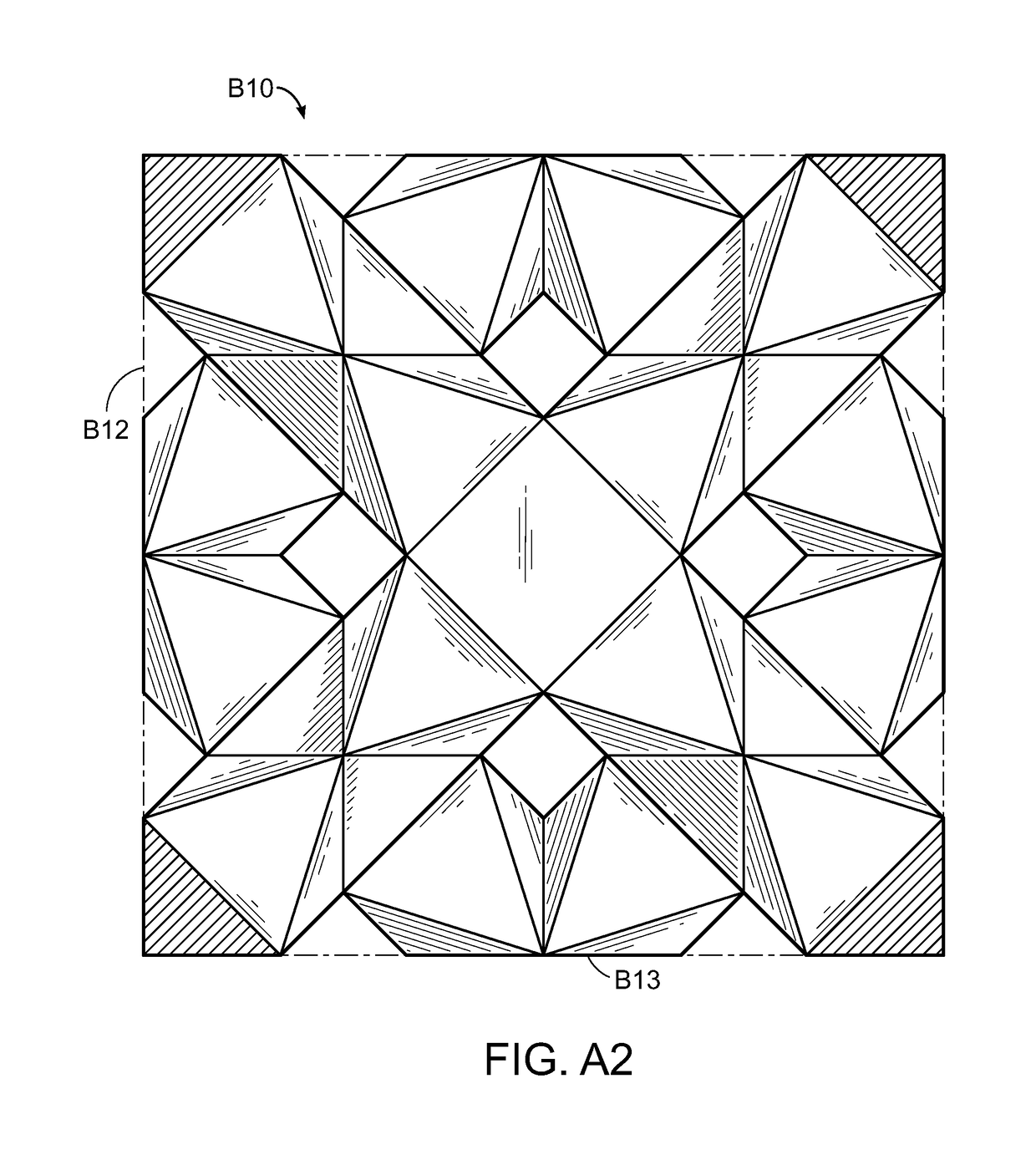Features for Implants with a Reduced Volumetric Density of Surface Roughness
- Summary
- Abstract
- Description
- Claims
- Application Information
AI Technical Summary
Benefits of technology
Problems solved by technology
Method used
Image
Examples
Embodiment Construction
[0044]In many situations, it is desirable to use an implant that is capable of bone attachment or osteointegration over time. It is also desirable in many situations to use an implant that is capable of attachment or integration with living tissue. Examples of implants where attachment to bone or osteointegration is beneficial include, but are not limited to, cervical, lumbar, and thoracic interbody fusion implants, vertebral body replacements, osteotomy wedges, dental implants, bone stems, acetabular cups, cranio-facial plating, bone replacement and fracture plating. In many applications, it is also desirable to stress new bone growth to increase its strength. According to Wolff's law, bone will adapt to stresses placed on it so that bone under stress will grow stronger and bone that isn't stressed will become weaker.
[0045]In some aspects, the systems and methods described herein can be directed toward implants that are configured for osteointegration and stimulating adequately str...
PUM
| Property | Measurement | Unit |
|---|---|---|
| Fraction | aaaaa | aaaaa |
| Fraction | aaaaa | aaaaa |
| Fraction | aaaaa | aaaaa |
Abstract
Description
Claims
Application Information
 Login to View More
Login to View More - R&D
- Intellectual Property
- Life Sciences
- Materials
- Tech Scout
- Unparalleled Data Quality
- Higher Quality Content
- 60% Fewer Hallucinations
Browse by: Latest US Patents, China's latest patents, Technical Efficacy Thesaurus, Application Domain, Technology Topic, Popular Technical Reports.
© 2025 PatSnap. All rights reserved.Legal|Privacy policy|Modern Slavery Act Transparency Statement|Sitemap|About US| Contact US: help@patsnap.com



